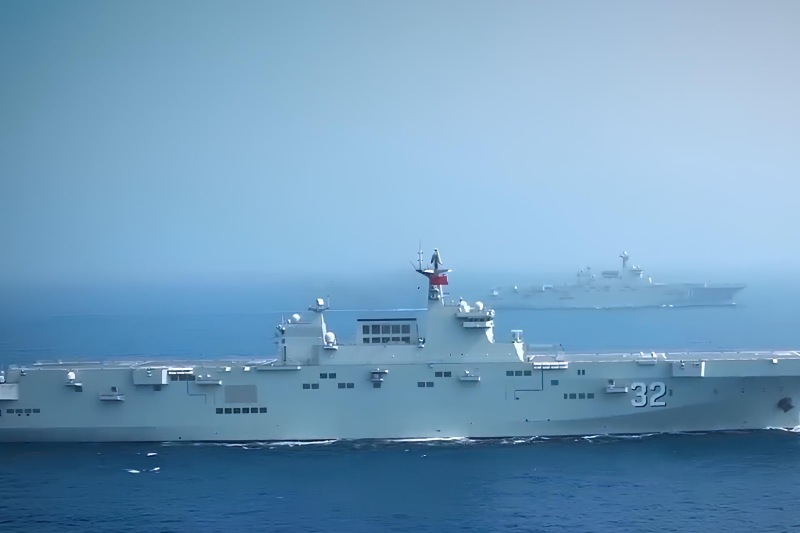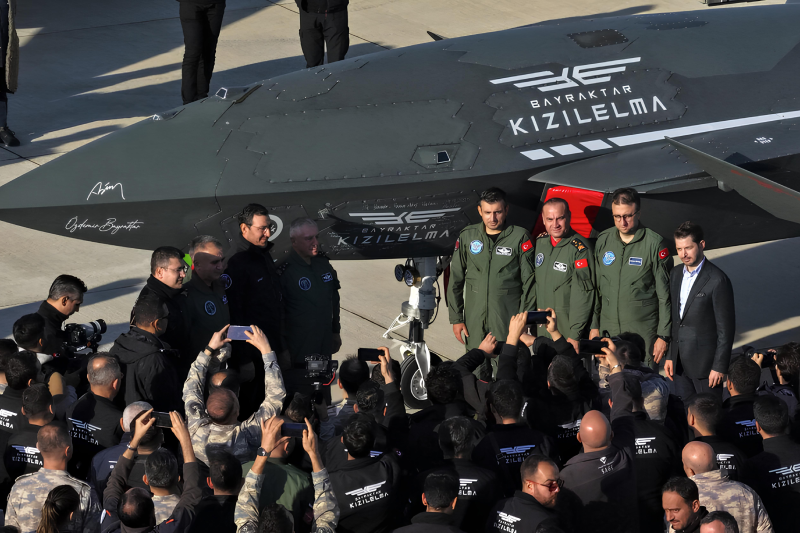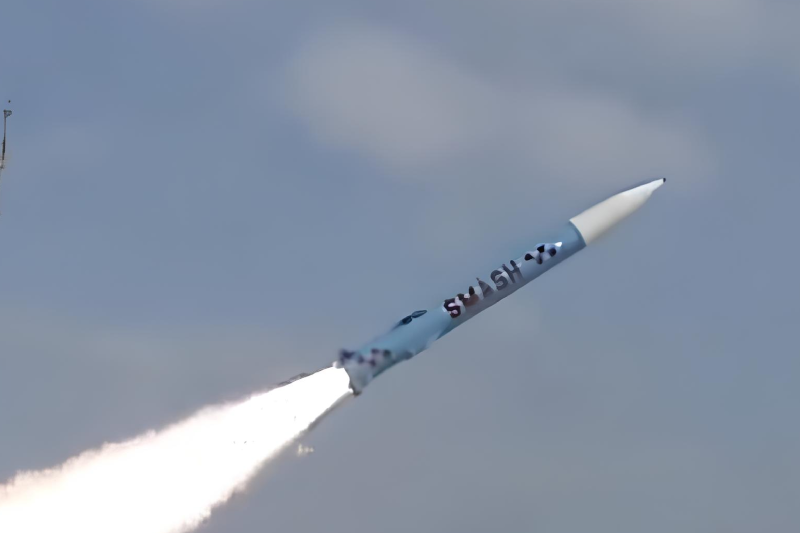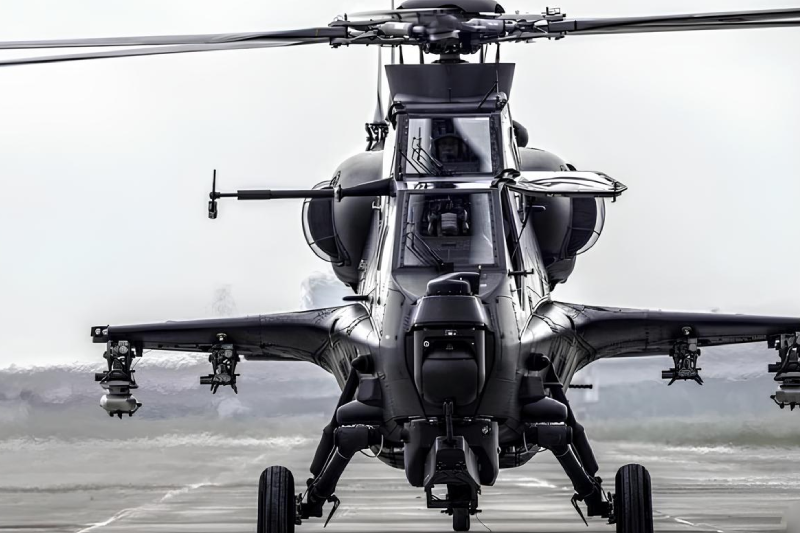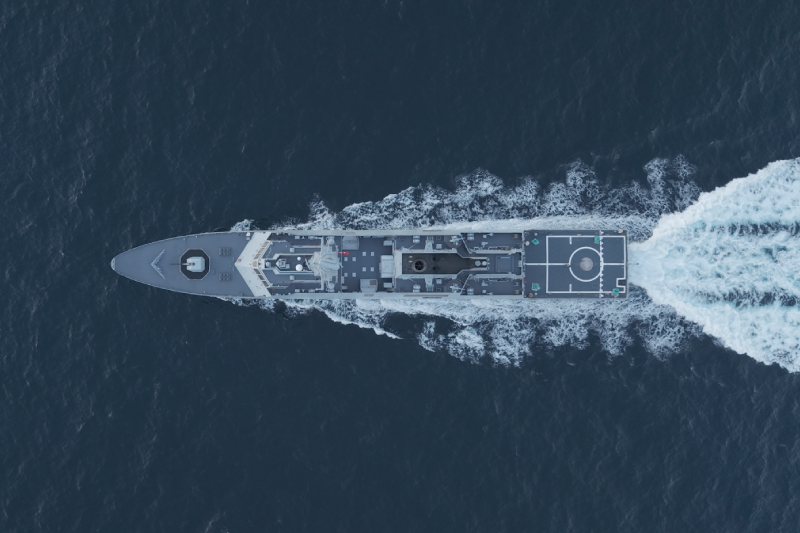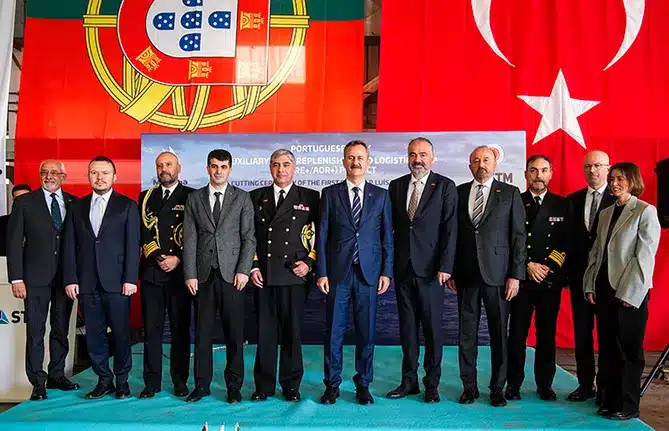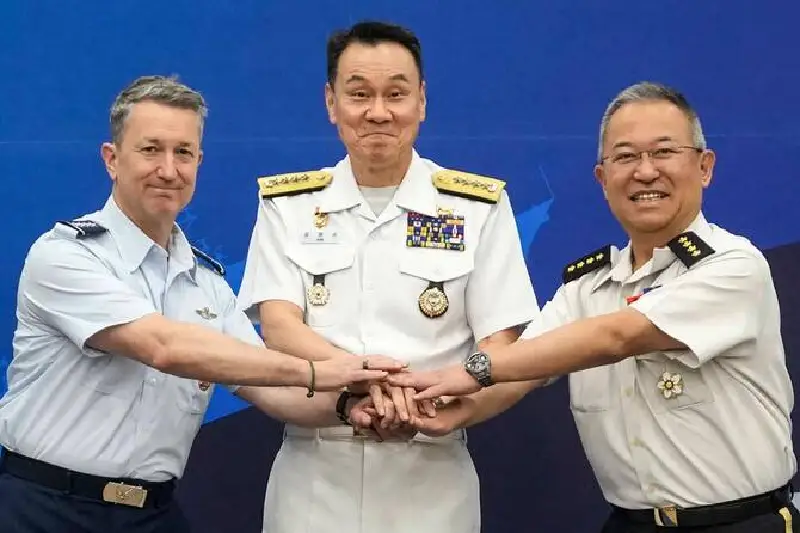US, South Korea, Japan Hold Joint Air Drill During Defense Talks
South Korea, Japan, and the United States conducted a significant joint air drill on Friday, featuring a US B-52 strategic bomber and fighter jets from all three allied nations over international waters. This coordinated military exercise demonstrates the strengthening trilateral security partnership in response to escalating regional threats.
B-52 Strategic Bomber Returns to Korean Peninsula
The joint air drill marked the first deployment of a U.S. B-52H strategic bomber to the Korean Peninsula for military exercises in 2024. The South Korean defense ministry emphasized that this deployment was specifically designed to improve deterrence capabilities against North Korea’s increasing nuclear and missile threats.
The B-52 Stratofortress represents one of America’s most powerful strategic assets, capable of delivering both conventional and nuclear weapons across intercontinental distances. Its participation in the trilateral exercise sends a clear message about allied commitment to regional security and deterrence strategies.
Annual Defense Chiefs Summit in Seoul
The three countries’ defense chiefs held their annual meeting in Seoul on Friday, coinciding with the joint air exercises. The gathering focused on recognizing the critical importance of close trilateral cooperation in addressing security challenges posed by North Korea, broader Indo-Pacific threats, and global security concerns.
U.S. Chairman of the Joint Chiefs of Staff General Dan Caine emphasized the evolving nature of international partnerships during his opening remarks. He highlighted how persistent and regular engagement enables allies to progress from building capacity to sharing responsibility in addressing common security challenges.
Strategic Response to Regional Threats
General Caine specifically addressed the unprecedented military build-up by North Korea and China, noting their clear intent to advance their own strategic agendas. This assessment underscores the growing concern among allied nations about the changing security landscape in the Asia-Pacific region.
The trilateral cooperation represents a direct response to these evolving threats, with all three nations recognizing that coordinated defense strategies are essential for maintaining regional stability and deterring potential aggression from hostile actors.
Diplomatic Coordination in Malaysia
U.S. Secretary of State Marco Rubio met with Japanese Foreign Minister Takeshi Iwaya and South Korean Vice Foreign Minister Park Yoon-joo in Malaysia on Friday. Moreover, these diplomatic consultations occurred alongside the military exercises, thereby demonstrating the integrated approach to addressing regional security challenges.
The diplomatic meeting took place on the sidelines of the Association of Southeast Asian Nations (ASEAN) gatherings in Kuala Lumpur, where top diplomats from the 10-member organization and other nations were assembled for broader regional discussions.
Expanded Cooperation Beyond Defense
The trilateral partners agreed to maintain strong deterrence against North Korea while strengthening cooperation in multiple critical sectors. These expanded partnerships include energy security, shipbuilding capabilities, critical minerals access, supply chain security, and artificial intelligence development.
This comprehensive approach, therefore, reflects the understanding that modern security challenges extend beyond traditional military threats and, moreover, encompass economic, technological, and supply chain vulnerabilities that require coordinated responses.
Escalating North Korea-Russia Partnership
The three countries have significantly boosted security cooperation in recent years as tensions have increased due to North Korea’s military developments and its deepening military ties with Russia. This evolving partnership represents a fundamental shift in regional security dynamics.
Russian Foreign Minister Sergei Lavrov’s scheduled visit to North Korea starting Friday represents the latest high-level meeting between the two countries amid their dramatic upgrading of strategic cooperation, which now includes a comprehensive mutual defense pact.
Potential Kim Jong Un Visit to Russia
Russian news agency RIA reported that the Russian Foreign Ministry was investigating when North Korean leader Kim Jong Un might visit Russia. However, Kremlin spokesman Dmitry Peskov indicated there were no immediate plans for visits by either leader, suggesting ongoing diplomatic coordination between the two nations.
The potential high-level exchanges between North Korea and Russia demonstrate the strengthening alliance that has emerged as both countries face increasing international isolation and sanctions pressure.
North Korean Troop Deployment Discussion
The trilateral defense chiefs specifically discussed the deployment of North Korean troops to Russia during their Seoul meeting. This unprecedented development represents a significant escalation in North Korea’s direct military support for Russia’s war against Ukraine.
The joint statement from Chairman Caine, South Korea’s Chairman of the Joint Chiefs of Staff Kim Myung-soo, and Japanese Chief of Staff Yoshihide Yoshida highlighted their shared concerns about this military cooperation between North Korea and Russia.
Intelligence Assessments and Future Deployments
South Korean intelligence services have reported that North Korea may be preparing to deploy additional troops in July or August, following the initial deployment of more than 10,000 soldiers to fight alongside Russian forces in Ukraine. This intelligence assessment indicates the potential for further escalation in North Korean military involvement.
The deployment of North Korean troops to a European conflict zone, therefore, represents an unprecedented expansion of Pyongyang’s military activities and demonstrates the growing coordination between North Korea and Russia in challenging the international order.
Strengthened Deterrence Capabilities
The trilateral air drill and defense summit demonstrate the allies’ commitment to maintaining strong deterrence capabilities in the face of evolving threats. The coordinated response includes both military exercises and diplomatic coordination to address the complex security challenges facing the region.
The integration of strategic bombers, fighter aircraft, and high-level diplomatic engagement reflects a comprehensive approach to deterrence that combines immediate military readiness with long-term strategic planning and international cooperation.
Also Read This: North Korea Reiterates Support for Russia’s Invasion of Ukraine
Regional Security Architecture
The trilateral partnership between South Korea, Japan, and the United States represents a cornerstone of the regional security architecture in Northeast Asia. This cooperation has become increasingly important as traditional security challenges evolve and new threats emerge from the deepening North Korea-Russia partnership.
The continued strengthening of this alliance demonstrates the commitment of all three nations to maintaining stability and deterring aggression in one of the world’s most strategically important regions.
Keep connected with us at Facebook, Twitter, YouTube, Instagram & TikTok for the latest defense happening around the globe.
Discover more from International Defence Analysis
Subscribe to get the latest posts sent to your email.



